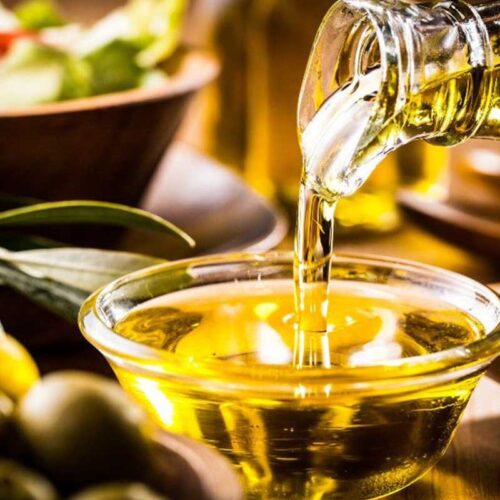Patanjali Foods looking at sourcing 70% palm oil from own plantation in 6-7 years, says CEO

Patanjali Foods’ CEO, Sanjeev Asthana, said on Wednesday that the company has an extensive 6.34 lakh hectares of land dedicated to palm oil plantation. Anticipating significant self-sufficiency, Asthana expressed the company’s projection that 70 percent of palm oil sourcing would come from its own plantations within the next six to seven years.
Asthana highlighted the company’s strategic collaborations with the governments of Telangana and Assam, detailing their efforts. “We have already established 11 nurseries, with an additional four set to be established in the upcoming two quarters. An oil palm mill is under development in Arunachal Pradesh, and land has been acquired in Assam for another mill. A flurry of activity spans across southern India — encompassing Telangana, Andhra Pradesh, and Karnataka — as well as the northeastern states. Our optimism stems from the significant transformation and integration of our business on the horizon,” he told CNBC-TV18.
Currently, approximately 10 percent of the company’s palm oil requirement is met through its own plantations. Asthana indicated that within the next six to seven years, the company envisions this figure to escalate to 70 percent, driven by their robust internal plantation efforts. “In terms of the palm oil segment, we foresee a substantial uptick of over 200 basis points as the full synergies take effect and our oil palm plantation business expands, reaching close to a million tonnes in volume,” he projected.
Addressing the broader FMCG landscape, Asthana noted that Patanjali Foods’ overall business within this sector has demonstrated substantial growth. “Our performance for this quarter amounted to about Rs 361 crore. Margin progression has been consistently positive across diverse categories, encompassing an impressive span from around 19 percent in the food business to approximately 10.1 percent in the biscuits category. Our overarching direction for the entire FMCG segment, however, remains firmly set on maintaining an 18 percent plus margin,” he affirmed.
The company’s quarterly net profit experienced a notable decline of 64 percent, dropping to Rs 87.75 crore from the previous year’s Rs 241.25 crore. Asthana attributed this margin contraction to market-to-market losses incurred through commodity hedging.
“There are two reasons for the contraction in the margin. The global prices on the futures exchange where we hedge our risk, both at Chicago as well as the Bursa Malaysia Derivatives Berhad (BMD), those markets went up nearly 10 percent. But the domestic markets did not react at all; they marginally went up. So, on one side on the hedges is that we had to give up some money into the book losses, as well as on the accounting standard, a lot of mark to market (MTM) we had to take in the account at quarter end,” he said.
For the ongoing and upcoming quarters, Asthana is expecting this trend to reverse. He said the company is expecting its EBITDA margin in the edible business to be between 2 and 4 percent this fiscal.
















